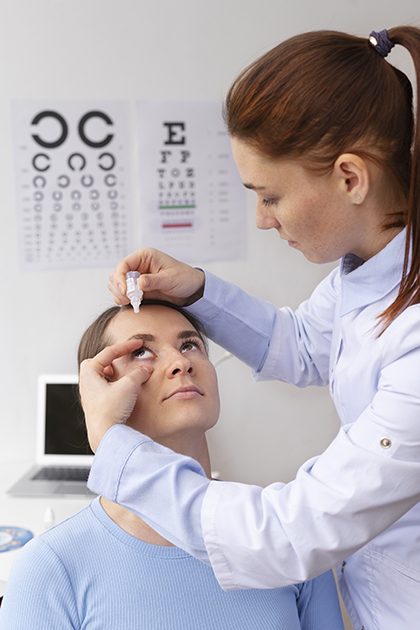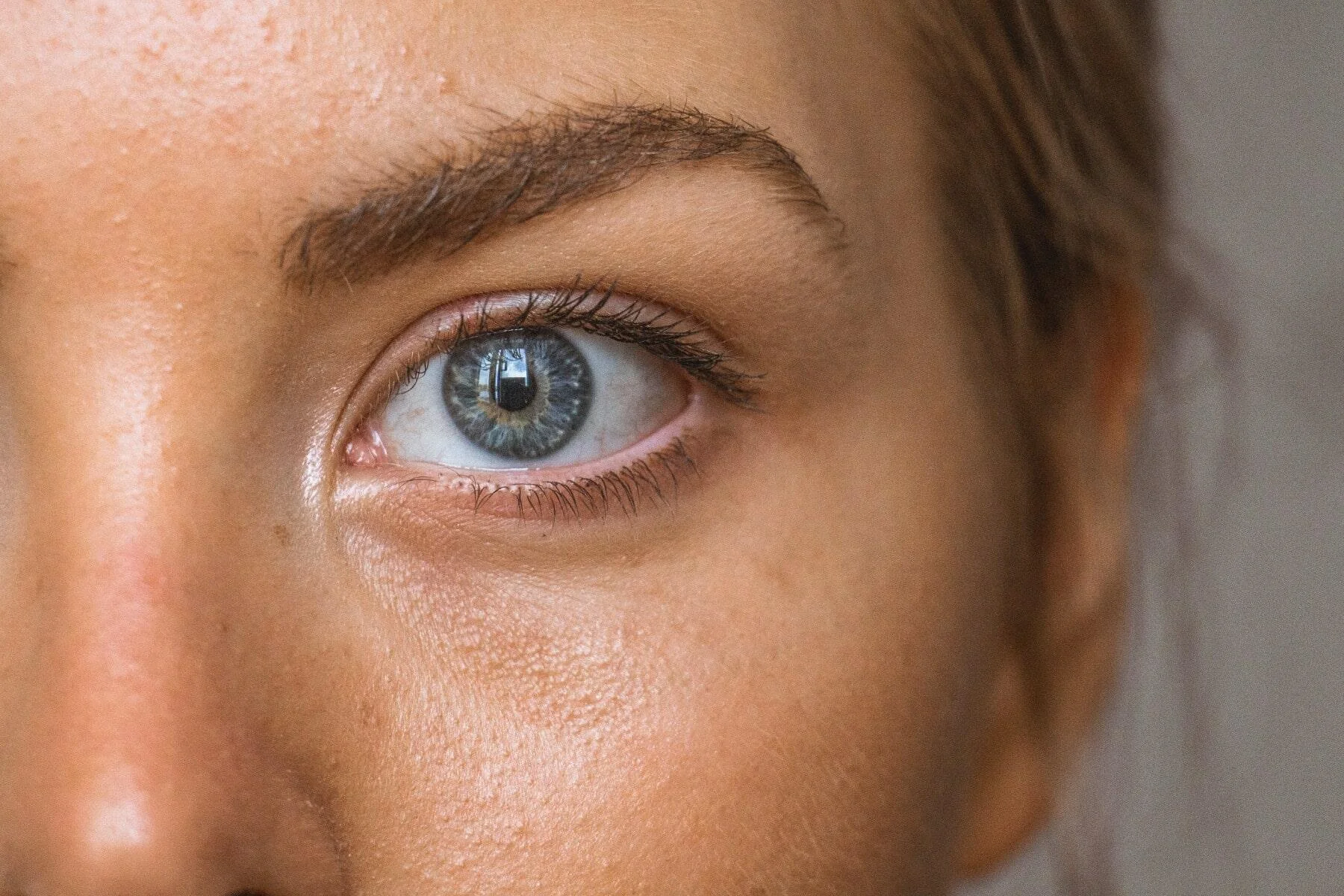

Dry Eye Disease is a common eye condition that occurs due to decreased tear production or deterioration in tear quality. It can cause stinging, burning, a feeling of dryness, redness, and occasionally blurred vision. Factors such as prolonged computer use, wearing contact lenses, certain medications, and aging can lead to dry eye. With appropriate treatment, symptoms can be alleviated and the eye surface can be protected.
Can occur at any age but is more common after age 40.
Triggers include computer use, air pollution, contact lenses, and certain medications.
The most common symptoms are burning, stinging, dryness, and eye fatigue.
Treatment is planned according to the severity of tear deficiency.
Artificial tear drops are the first-line treatment.
In advanced cases, tear duct plugs or special medications may be used.
Nutritional support and environmental measures can aid in treatment.
Comfortable: Treatment is usually done with drops and simple applications.
Gradual: Mild cases can be managed with drops, while resistant cases may require advanced therapies.
How Is Dry Eye Treated?
Most treatment methods are painless and do not require anesthesia. When inserting tear duct plugs, a mild anesthetic eye drop may be used.
As a first-line treatment, over-the-counter or prescription drops are used to moisturize the eyes. Regular use helps reduce symptoms.
In some cases, microscopic inflammation occurs on the eye surface. To reduce this, non-steroidal anti-inflammatory eye drops are used.
Tiny plugs are inserted into the tear ducts to prevent tears from draining into the nose, helping to retain moisture in the eyes. Both temporary and permanent options are available.
Supplements containing Omega-3 can help improve tear quality. Warm compresses and eyelid hygiene also support the treatment process.
